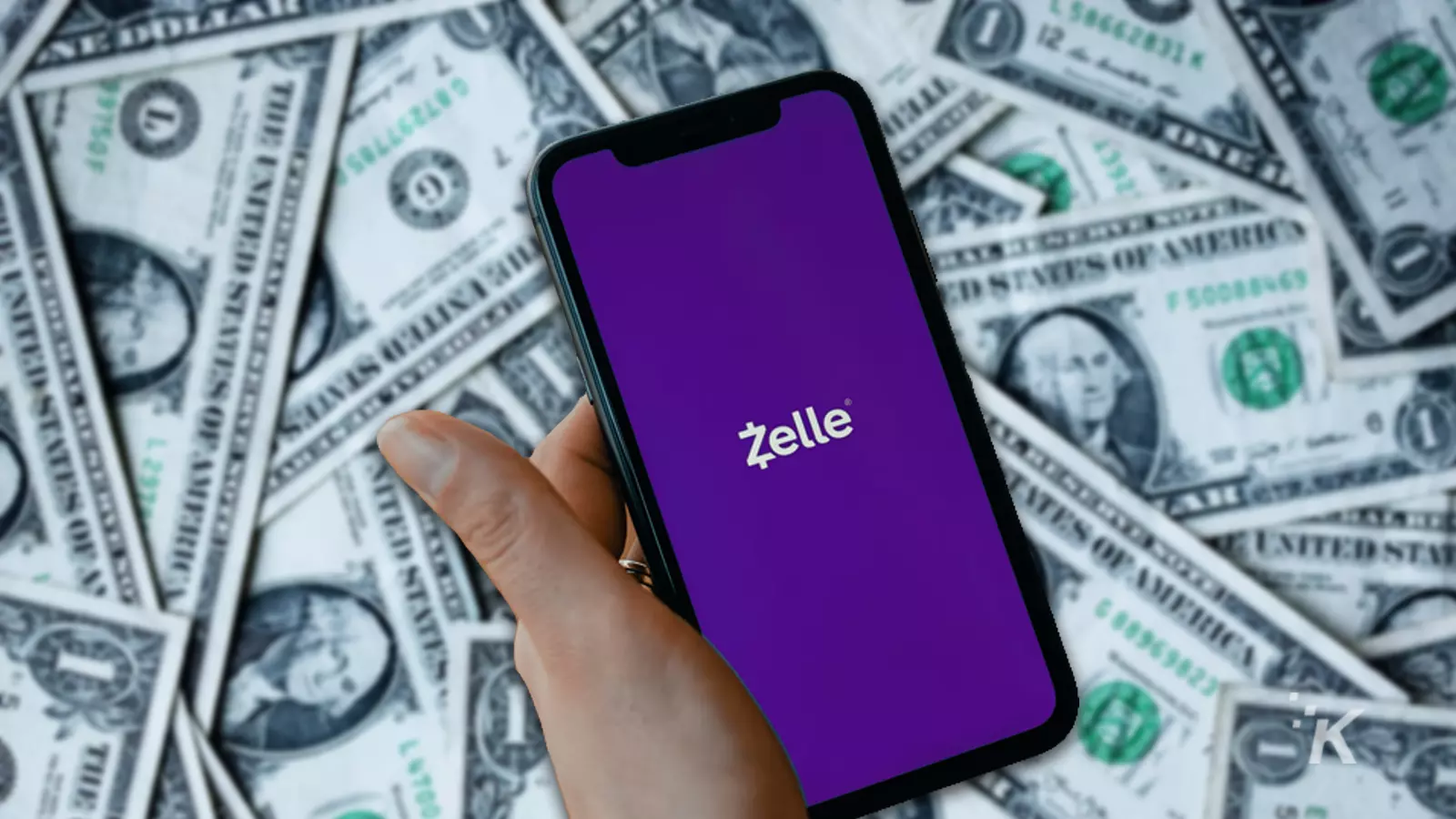Apps
Banks say they’re not responsible for the fraud that happens on Zelle
It’s up to you to watch out for potential scammers.

Just a heads up, if you buy something through our links, we may get a small share of the sale. It’s one of the ways we keep the lights on here. Click here for more.
A new type of phishing scam has led to a large increase of fraud using the popular money transferring app, Zelle. Thieves are posing as bank employees and scaring customers into transferring funds. And the banks are saying that it’s not their problem.
A recent report from The New York Times has revealed this new kind of fraud that has come about using the Zelle app. Interestingly enough, Zelle was created by some of the biggest banks in America. It has become a popular option among users since it is now embedded in many banking apps.
With the popularity of Zelle, it was only a matter of time before criminals took notice. One user told The Times that he lost $500 in one fraudulent transaction. Another person lost $2,000 in a similar scheme.
In this new phishing scam, the scammer will disguise themselves as a bank employee and warn the customer of potential fraud. Then, the scammer requests the person transfer money seemingly back into their own account.
Except, the scammer will create a new account using the person’s credentials, and trick the person to transfer funds to the new account. It happens in seconds, and there’s nothing a person can do to stop it after the transfer has taken place.
Banks say that fraudulent Zelle transfers aren’t their problem
“Nearly 18 million Americans were defrauded through scams involving digital wallets and person-to-person payment apps in 2020.” – The New York Times
The scam itself is certainly noteworthy and something that bank users should definitely look out for. But more interesting here is the response from banks. Banks call these Zelle transfers “authorized payments,” so they don’t consider it fraud and they won’t replace the stolen funds.
However, regulations from the Consumer Financial Protection Bureau (CFPB) have a different view. Last year, the CFPB issued guidance about fraudulent transactions on electronic fund transfers.
The regulations say that any transfer “initiated by a person other than the consumer without actual authority to initiate the transfer” is considered fraudulent.
In these cases, the person initiating the transfer definitely did not have authority. Some people have had luck citing these regulations when trying to get their bank to replace the funds.
Even as technology continues to advance, these scams continue to exist. Now more than ever, it’s super important to be extremely diligent about protecting your money.
Keep an eye out for scams like this with people impersonating your bank’s employees. Make sure you always know who you are talking to and that they have actual authority with your bank.
Otherwise, you’ll have a hard time getting banks to cover fraudulent transactions using Zelle.
Have any thoughts on this? Let us know down below in the comments or carry the discussion over to our Twitter or Facebook.
Editors’ Recommendations:
- Apple App Store subscriptions raked in twice as much money as the Google Play Store in 2021
- Do you use apps like Robinhood, Venmo, and Coinbase? You might be owed some money
- Meta’s new patents show how it plans to make money off you in the metaverse
- Samsung has been caught throttling over 10,000 apps on the Galaxy S22

































